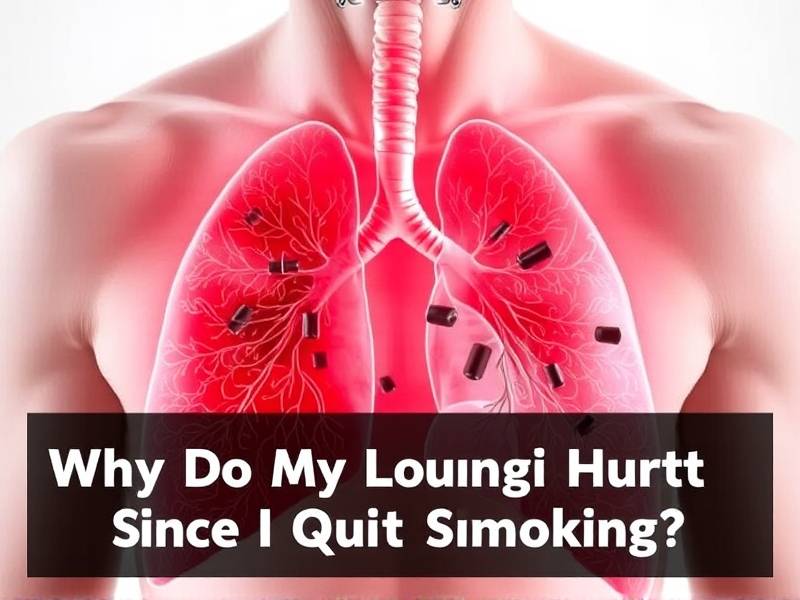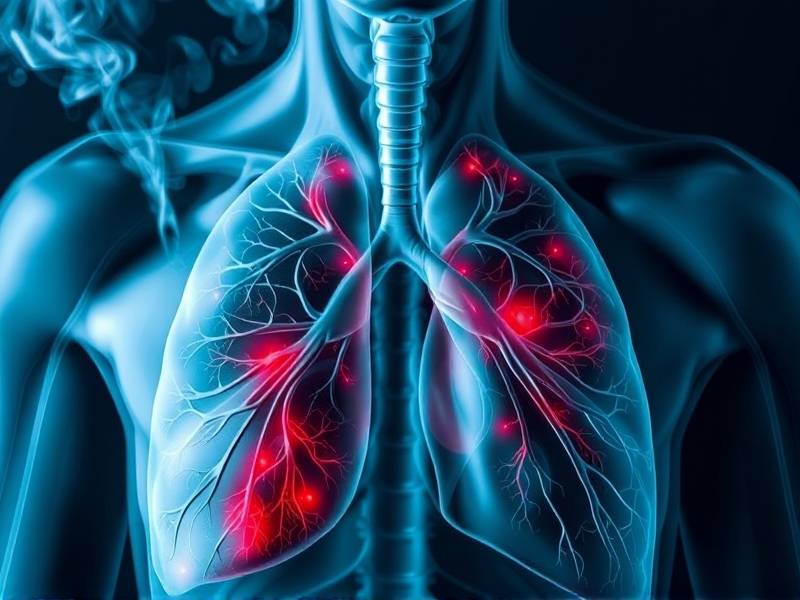Why Do My Lungs Hurt Since I Quit Smoking?
Understanding the Pain in Your Lungs After Quitting Smoking: What You Need to Know

Introduction: Quitting smoking is a significant step towards a healthier lifestyle, but it can also come with unexpected challenges. Many former smokers experience discomfort or pain in their lungs after quitting. In this article, we'll explore the reasons behind this phenomenon and provide some insights into how to manage it.

-
Coughing and Chest Discomfort When you stop smoking, your body begins to heal from the damage caused by tobacco. One of the immediate responses is an increase in coughing as your lungs try to clear out mucus and tar that have accumulated over time. This can cause chest discomfort and pain.
-
Inflammation and Irritation The chemicals in cigarettes can cause inflammation and irritation in your respiratory system. As you quit, these effects diminish, but it may take some time for your body to fully recover, resulting in temporary pain or discomfort.
-
Reversal of Damage While quitting smoking reverses some of the damage caused by tobacco, it's important to understand that healing takes time. The reversal process can sometimes lead to pain or tightness in your lungs as they adjust to their new environment.
-
Increased Oxygen Intake When you quit smoking, your body starts using oxygen more efficiently, which can lead to a feeling of increased pressure or tightness in your chest. This is a sign that your lungs are working harder to deliver oxygen throughout your body.
-
Psychological Factors Quitting smoking is not just a physical challenge; it's also a psychological one. Stress, anxiety, and other emotional factors can contribute to the perception of pain or discomfort in the lungs.
How Can I Manage This Discomfort?
-
Stay Hydrated Drinking plenty of water helps thin mucus and make it easier for your body to expel it from the respiratory system.
-
Deep Breathing Exercises Practice deep breathing exercises to help relax your chest muscles and improve lung function.
-
Stay Active Regular exercise increases blood flow and helps reduce stress levels, both of which can alleviate discomfort associated with quitting smoking.
-
Seek Professional Advice If you experience severe pain or discomfort that persists for an extended period, consult with a healthcare professional for guidance on managing symptoms.
Conclusion: While experiencing pain in your lungs after quitting smoking can be concerning, it's generally a sign that your body is healing from years of exposure to tobacco smoke. By understanding the reasons behind this phenomenon and taking appropriate steps to manage any discomfort, you'll be on the road to better health and well-being. Remember that patience is key; give yourself time as your body adjusts during this transition period away from tobacco use.
